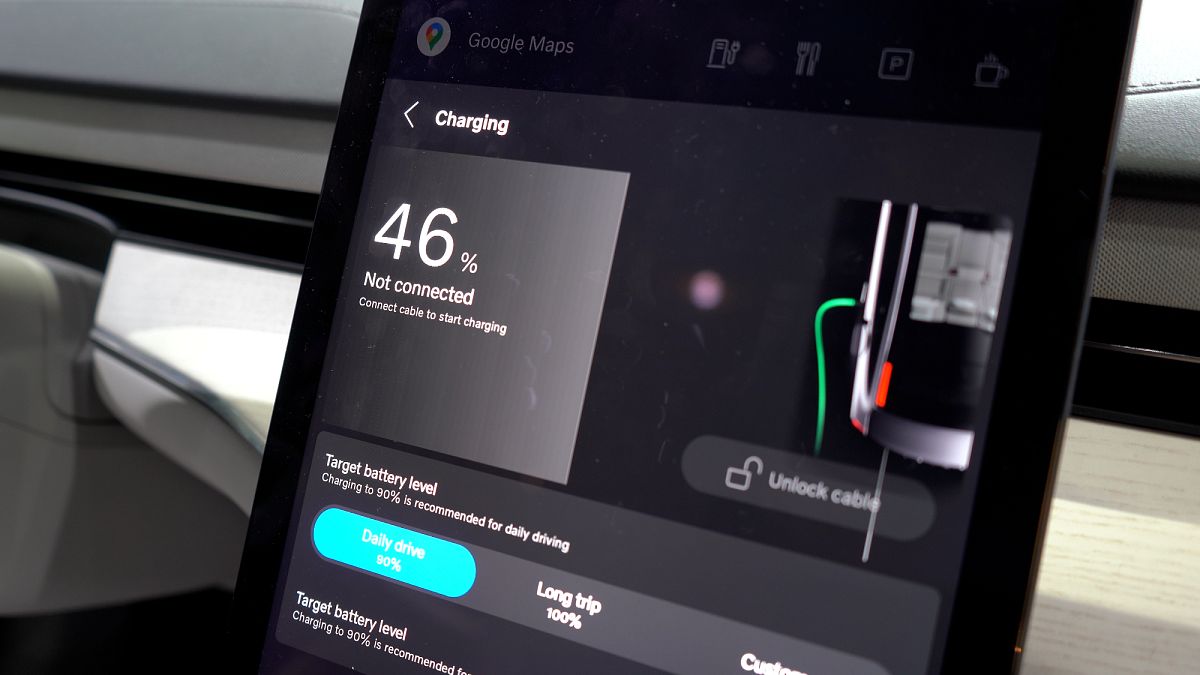Published on
If you’ve ever watched your phone’s battery icon plummet faster than expected, you know charging estimates aren’t perfect.
In an electric car, the battery’s charge reading is more than a guess, it’s a critical number for passenger safety.
State of charge (SOC), which shows the percentage of the car battery’s remaining capacity, is used for safety functions like preventing overcharging or completely running out of battery. Both can have disastrous consequences.
Failure to accurately measure SOC can result in overcharging, which leads to excessive heat, chemical breakdown, and in extreme cases “thermal runaway” – a polite term for a battery fire.
This risk is why the electric vehicle (EV) battery industry hasn’t actively adopted artificial intelligence (AI) yet, despite the potential of increased efficiency.
“It used to be that AI components were not allowed into automotive vehicles due to the fact that they are data-driven, and you have problems with proving causality and liability with an AI component because it’s a black box,” Martin Skoglund from the Research Institutes of Sweden (RISE), told Euronews Next.
“You can’t look inside and say what went wrong,” he added.
Traditional systems are simple and fully testable, relying on rigid calculations based on values like current and voltage, sometimes adjusted for temperature.
But the tide is turning. In recent years, researchers began training AI models on battery data to recognise the subtle patterns of voltage, current, temperature, and more.
“The game changer is that the cell evolution is very fast, and if you do it in a traditional way it’s quite slow and you can’t really capture all the nuances of ageing a battery and other things like wear and tear, which an AI component could potentially do,” Skoglund said.
Integrating AI into the battery estimation system could make future EVs go farther and last longer, if done right, but it’s also a task where mistakes can literally ignite into serious trouble.
In a test, Skonglund and his colleagues intentionally fed corrupted input data into the AI model, simulating the kind of errors that can happen from electrical interference or radiation, a method called “fault injection experiments”.
“Because faultiness is something that the AI will probably experience during its lifetime, some of the input sensors will have faults,” Skonglund said.
The output was way off. When the AI received even minor corruptions in its input, its output deviated significantly, showing a different percentage than the actual charge.
This inaccuracy could be dangerous for drivers or passengers, causing unexpected vehicle shutdowns or overcharging of the battery, which in extreme cases may result in overheating or fire.
“It’s important to do this kind of test because we proved that it was really not that robust,” Skonglund said.
The team behind the case study suggests an intervention system that compromises between the old and new guard of EV technology.
Researchers called it a “safety cage,” a guardian system that keeps AI in check and shuts it down when it acts out.
This monitor is very rigorously tested and designed to do easy calculations or check thresholds on inputs like voltage, current, and temperature while the AI takes in sensor readings.
This safety cage approach is one way to integrate AI into electric vehicle technology safely.
It’s not the only solution, but it highlights a promising path forward in a field that’s rapidly evolving.
For more on this story, watch the video in the media player above.
Video editor • Roselyne Min

